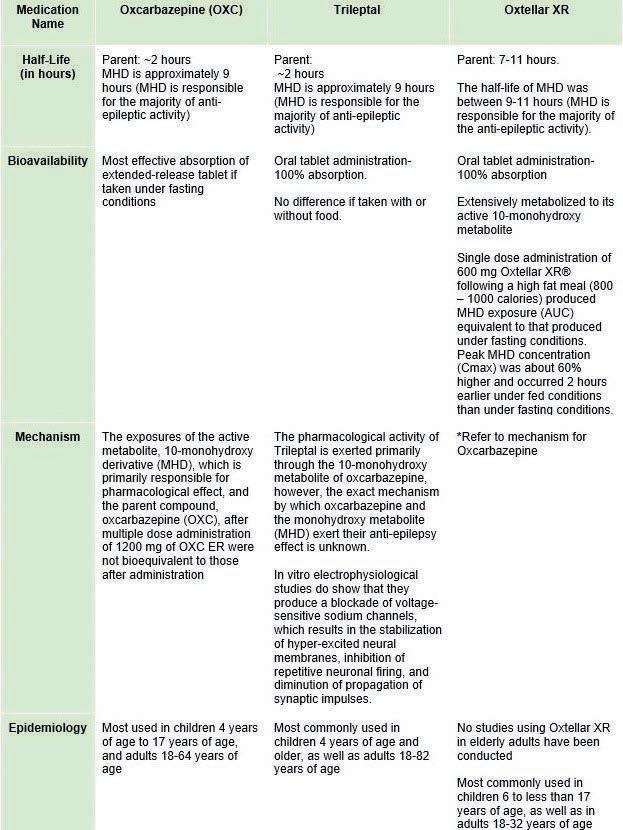Scholarly Research In Progress • Vol. 5, November 2021
Effects of Medical Cannabis on Patients with Charcot-Marie-Tooth Disease Priscilla C. Canals1†, Alexia G. Aguilar1†, Myriam Moise2, Jasmine Bernard3, Gregory T. Carter4, Allison Moore5, Robert Moore5, Joy Aldrich5, Margaret D’Elia6, Andrew Westerkamp7, Miyabe Shields7, and Brian J. Piper1 ¹Geisinger Commonwealth School of Medicine, Scranton, PA 18509 ²The University of Scranton, Scranton, PA 18510 ³Lincoln University, Chester County, PA 19352 4 Saint Luke’s Rehabilitation Institute, Spokane, WA 99202 5 Hereditary Neuropathy Foundation, New York, NY 10016 6 Champlain Valley Dispensary, Burlington, VT 05401 7 Real Isolates, Woburn, MA 01801 † Doctor of Medicine Program Correspondence: pcanals@som.geisinger.edu
Abstract Background: Charcot-Marie-Tooth (CMT) disease, also known as hereditary motor and sensory neuropathy, is a rare disease that affects 1 in 2,500 people. CMT can damage the nerves themselves or the myelin sheath surrounding them. CMT can cause symptoms such as neuropathic pain, weak ankles, clawlike hands, and muscle wasting in the extremities. Although treatments can help patients manage their symptoms, no known cure exists. In this study, we sought to determine the efficacy of using medical cannabis as a method of symptom relief in CMT patients. Methods: We collected patient-reported surveys through the Hereditary Neuropathy Foundation’s patient registry: Global Registry for Inherited Neuropathies. The online survey contained 52 multiple-choice questions. We analyzed the data through IBM SPSS and created figures through GraphPad Prism. The sample participants (N=56) consisted of 71.4% females. Ages ranged from 18 to 87. The majority (48.5%) were CMT1, 18.2% were CMT2, and 6.1% were CMT4. Results: Women were more likely to report experiencing pain than men (p<.05). Participants who perceived support from their providers were more likely to inform them of their cannabis use (p<.05). When asked about how much relief they experience from using cannabis as a method of symptom relief, respondents reported an average of 69.6% (SEM + 2.6) relief. Conclusion: Our results indicate that patients reported receiving substantial symptom relief from medical cannabis. Further prospective or controlled research is necessary to extend upon these findings.
Introduction Charcot-Marie-Tooth (CMT) disease is one of the most common inherited neuromuscular disorders, affecting about 1 in 2,500 people. It can be caused by mutations in over 90 genes that affect peripheral nerves or by diabetes or chemotherapy (1). There are five CMT types, with type 1 being the most prevalent. Mutations can either affect nerves themselves or the myelin sheath. In both cases, weaker messages travel between the brain and the extremities. Mutations can be inherited through autosomal dominant, autosomal recessive, or X-linked patterns (2). CMT1 is an autosomal dominant (3), demyelinating neuropathy (4).
CMT2 is an autosomal dominant axonal peripheral neuropathy (4). CMT4 is a rare autosomal recessive demyelinating neuropathy (5). Hereditary neuropathy with liability to pressure palsies (HNPP) is an autosomal dominant peripheral neuropathy, which leads to demyelination (6). Demyelinating forms lead to degradation of the myelin sheath. Axonal forms lead to axon deterioration in the peripheral nerves (7). Although CMT has a broad genetic heterogeneity, patients display similar phenotypes (8). Patients with CMT experience various motor deficit symptoms, such as clumsiness, ankle twisting, muscle atrophy of the extremities, hammertoes, and claw hands. They also experience sensory deficit symptoms, such as pain, pins and needles, and burning (9). Symptoms usually worsen over time, but the severity of symptoms vary from person to person. There are several ways to diagnose CMT disease. It can be diagnosed through genetic testing or through electrophysiological examination, which measures motor conduction velocity (VCM). Those with CMT will display a decreased VCM if they have demyelinating neuropathy (9). Genetic tests can be conducted to receive a CMT diagnosis. Although there is no known cure for CMT, there are treatments available such as physical therapy, occupational therapy, pain medication, and orthotics to manage symptoms. In the past, there has been taboo surrounding the use of cannabis. Researchers conducted a qualitative descriptive study on the stigma surrounding cannabis use. People who use cannabis for therapeutic purposes (CTP) feel they are perceived as “potheads” by their families and healthcare providers. They also state that when they explain the medical benefits of cannabis, their providers and families respond with mistrust. Due to negative reactions, many participants choose to keep their use undercover (10). Withholding information from providers can have negative consequences due to possible drug interactions. CBD has potential inhibitory effects on CYP3A4, which is a vital liver enzyme responsible for removing drugs from the body (11). CYP3A4 substrates include benzodiazepines, opioids, and antidepressants (12). Another cytochrome that is inhibited by THC and more so, CBD, is CYP2D6 (13). This enzyme is primarily active in the liver and its substrates include medications such as antipsychotics and antidepressants (14). Inhibition of enzymes leads to increased blood levels of substrate. As a result, there is a greater possibility of adverse effects, such as overdosing 103












































